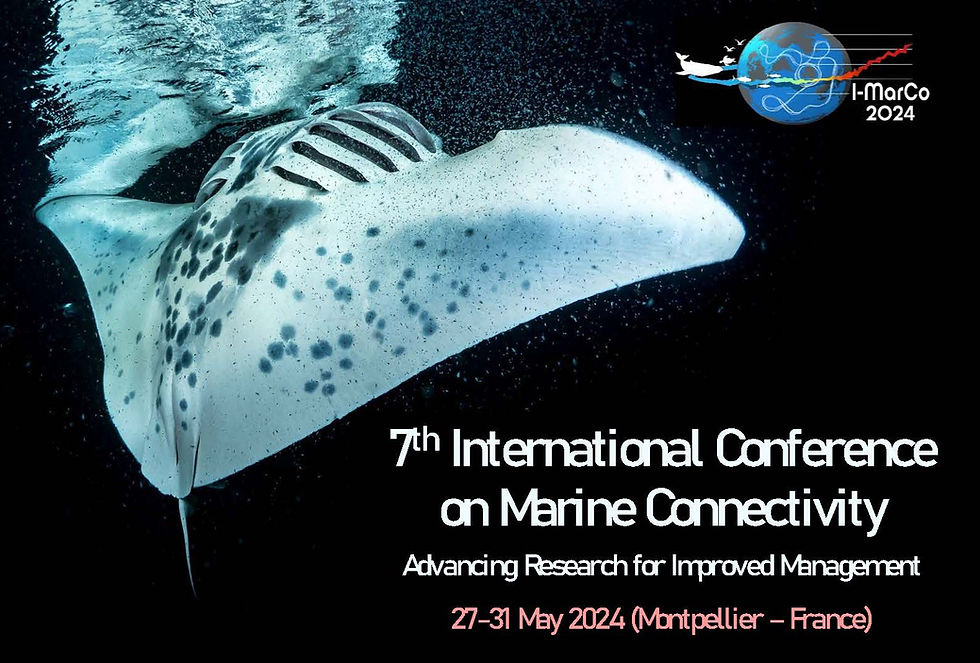Training: Biophysical Modelling for Beginners
- sea-unicorn
- Feb 1, 2023
- 2 min read
Updated: Mar 10, 2023
From 30th January to 1st February 2023, SEA-UNICORN Working Group 1 held the Training School “Biophysical Modelling for Beginners” at the Observatoire Océanologique de Banyuls-sur-Mer in Banyuls-sur-Mer (France).
The aim of this training school was to train researchers and early career investigators working in other areas of marine connectivity in the basics of biophysical modelling to facilitate cross-method integration and innovation. Training was led by Dr Katell Guizien (CNRS/OOB, France), Dr Geneviève Lacroix (Royal Belgian Institute of Natural Sciences, Belgium) and Dr Roberta Sciascia (CNR/ISMAR, Italy).
During the 3 days of training, the trainers gave a background to the theory behind dispersal modelling and the netcdf format commonly used to store hydrodynamical forcings, including where to get those essential data. They then went over the biological parameterization of models, and the importance of incorporating physical, physiological and/or behavioural characteristics to improve the accuracy of the model predictions (e.g. pelagic duration, buoyancy). The trainers then gave an overview of two commonly used models – CMS and LTRANS – laying the basis for the forthcoming practical components. From that point on, trainers and trainees did much of their learning on their computer, getting hands-on experience about how to set up and run a CMS or LTRANS simulation, how to visualize the resulting tracks, and finally the post-processing that is required to go from predicted tracks to connectivity matrices. Finally, there was an open table discussion about the differences observed between the outputs of the two simulations using two different hydrodynamical forcings, and about what the trainees planned to do next, both generally and with the new skills and knowledge that they had learned during the course.
Thank you to all trainers and trainees for making the course so productive, informative and fun!















Comments